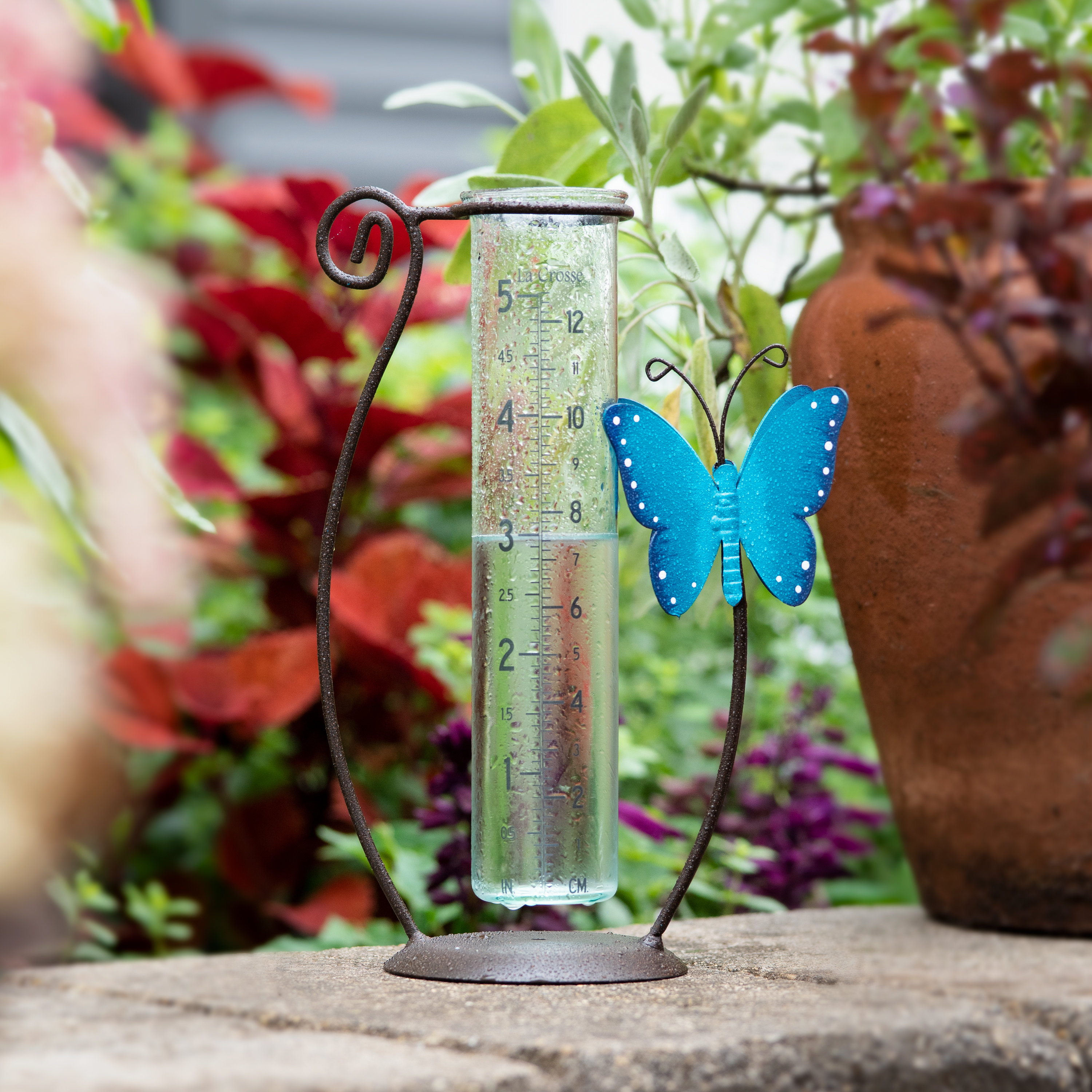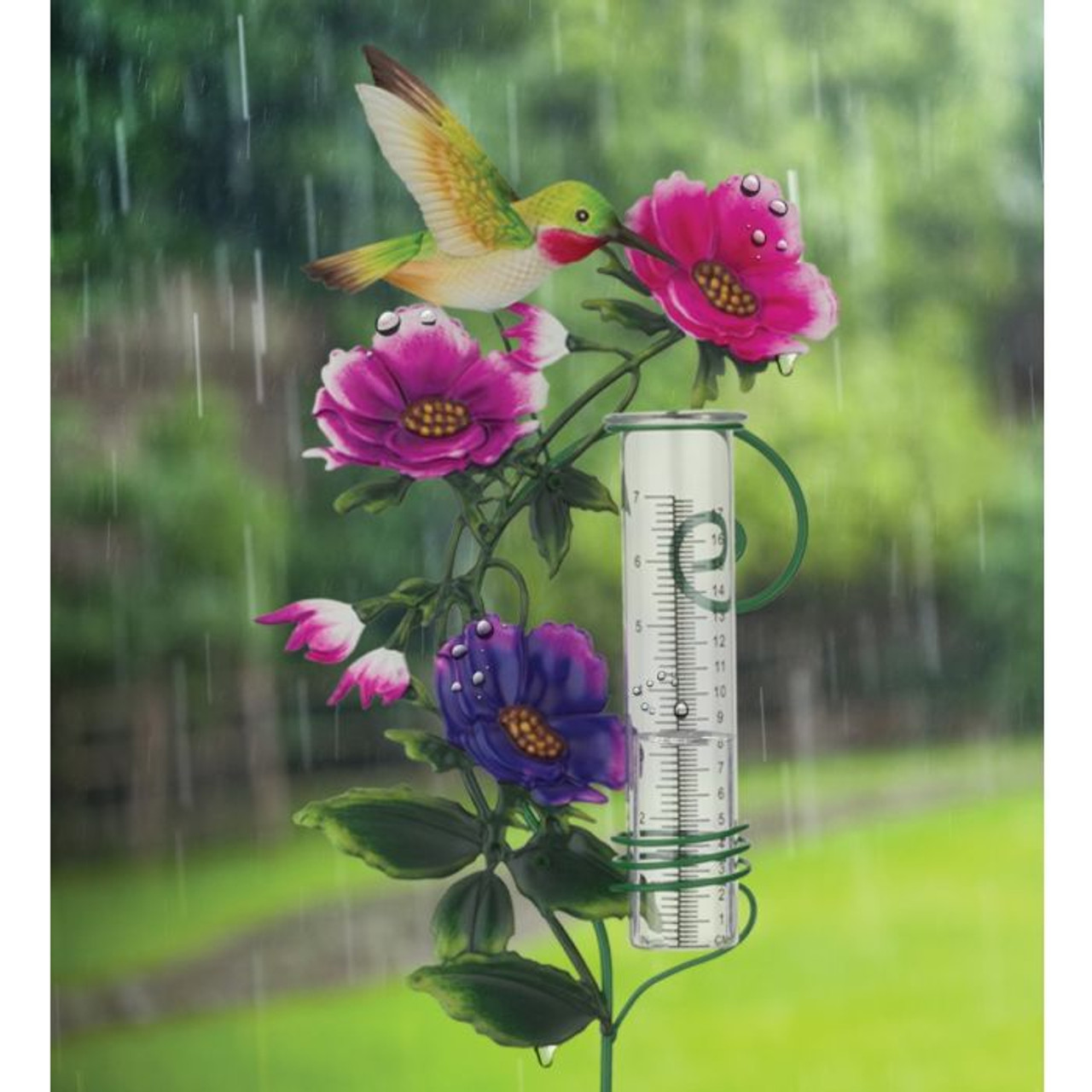The Rain Gauge: A Comprehensive Guide to Accurate Weather Measurement
Wiki Article
Just How to Select the Right Rainfall Gauge for Accurate Rainfall Data
Precise rainfall information is critical for various sectors and activities, such as water, agriculture, and weather forecasting resource management. To acquire dependable measurements, it is important to choose the right rainfall scale. This overview intends to provide valuable insights right into the choice process, allowing you to make informed decisions. Thinking about elements such as place, kind, and precision of the rain gauge will help make certain exact information collection. Additionally, understanding the maintenance and calibration treatments will certainly add to the long life and reliability of your rainfall gauge. By complying with these standards, you can make certain exact rains data, making it possible for much better decision-making and preparation for different applications.Significance of Choosing the Right Rain Scale
The importance of choosing the best rain scale hinges on acquiring trusted and specific rainfall data for precise atmospheric evaluation. Rain information is vital for a variety of applications, including climate projecting, hydrological modeling, and climate study. Undependable or unreliable data can result in wrong verdicts and flawed decision-making procedures.
Second of all, the accuracy and precision of the rain gauge are vital. The gauge must be able to measure rains with high accuracy, recording even little quantities of rainfall properly.
Additionally, the place and setup of the rain scale are important considerations. It ought to be put in an open location, away from obstructions that might affect rains measurements. The scale must be placed at a suitable elevation and angle to prevent splashing and ensure appropriate catchment of rainwater.
Factors to Think About When Picking a Rainfall Gauge
When picking a rain gauge, there are numerous essential aspects to take into consideration. There are different kinds offered, including standard rain evaluates, tipping bucket rainfall determines, and weighing rainfall assesses.One more element to take into consideration is the product of the rain scale. Rainfall assesses can be made of numerous materials, such as glass, plastic, or steel. The material chosen ought to be immune and durable to climate condition, ensuring that the rainfall scale will certainly stand up to the components and offer accurate dimensions gradually.
Accuracy is additionally an important variable to consider. Search for rain gauges that have been calibrated and evaluated for accuracy. Features such as anti-splash rings and funnels can likewise enhance the accuracy of the measurements.

Last but not least, consider the climate and setting in which the rain gauge will certainly be made use of. Various rainfall determines appropriate for various environments, so it is essential to pick one that is appropriate for the conditions in your area.
Various Kinds Of Rainfall Gauges Readily Available
To further discover the elements to consider when choosing a rain scale, it is necessary to comprehend the different sorts of rainfall gauges readily available. There are several kinds of rain assesses, each with its very own benefits and disadvantages. One of the most usual kind is the conventional rain scale, likewise recognized as the round rainfall gauge. This kind includes a straight-sided round container with a funnel-shaped top. It is straightforward to utilize and supplies exact dimensions of rainfall.Another kind of rain gauge is the tipping container rain gauge. This scale makes use of a seesaw-like system to accumulate and measure rains. As the rain drops into the scale, it fills one side of the bucket, creating it to clear the water and tip. The number of suggestions is counted online to identify the amount of rains. Tipping bucket rainfall gauges are preferred for their accuracy and capability to measure rainfall strength.
A 3rd type of rain gauge is the weighing rain scale. As the rainfall drops right into the gauge, it is accumulated in a container connected to an equilibrium.
Finally, there are likewise remote rainfall evaluates that usage advanced innovation to gauge rainfall (The Rain Gauge). These assesses use sensors and transmitters to send out data wirelessly to a central device. Remote rain assesses are hassle-free for keeping track of rains in hard-to-reach areas or for massive information collection
Just How to Identify the Precision of a Rainfall Gauge
One method to examine the precision of a rain gauge is by performing normal calibration measurements. Calibration includes contrasting the analyses of a rainfall gauge to a typical measurement, such as a certified rain scale or a weather station with high accuracy. By comparing the measurements, any kind of inconsistencies or inaccuracies in the rainfall gauge can be recognized and made up.To conduct a calibration dimension, begin by collecting rainfall data from both the rain gauge and the standard measurement device over a particular time period, such as a month. Compare the readings and determine the difference between them. This difference is called the calibration error.
It is essential to note that calibration dimensions need to be executed regularly, as ecological variables, such as wind, temperature level, and debris, can affect the precision of the rainfall scale over time. By carrying out regular calibrations, any kind of modifications in the accuracy of the rainfall gauge can be discovered and adjustments can be made accordingly.
Along with calibration, it is likewise recommended to tidy and maintain the rain gauge consistently to guarantee its visit site accuracy. Eliminate any kind of particles or blockages that may impact the precision of the dimensions, and inspect for any view it now kind of indications of damage or put on that may need repair services or substitute.
Tips for Maintaining and Calibrating Your Rainfall Scale
Routine maintenance and calibration are critical for making sure the accuracy and dependability of your rainfall gauge in gauging rainfall information (The Rain Gauge). By following a few straightforward suggestions, you can ensure that your rain scale is correctly kept and calibratedFirst of all, it is necessary to cleanse your rain gauge regularly to stop any kind of debris or dirt from blocking the rainfall collection mechanism. Utilize a soft brush and a moderate cleaning agent to gently clean up the within and beyond the gauge. Rinse it extensively with tidy water and enable it to completely dry entirely prior to re-installing it.
Secondly, it is recommended to calibrate your rain scale a minimum of annually. Calibration includes contrasting the dimensions of your rainfall scale with those of a trusted and exact reference gauge. This will assist you recognize and deal with any potential errors in your rain gauge's measurements.
To calibrate your rain gauge, gather a well-known quantity of water making use of a measuring container and compare it with the measurements videotaped by your rain gauge. Change the readings appropriately to make sure precision.

Final Thought
In final thought, picking the best rain gauge is important for acquiring precise rainfall information. When choosing a rainfall gauge, variables such as spending plan, purpose, and area must be considered. There are numerous kinds of rainfall assesses available, each with their very own advantages and restrictions. It is very important to frequently keep and calibrate your rain scale to ensure its accuracy. By adhering to these standards, precise rains data can be gotten for different applications.There are various types readily available, including conventional rainfall evaluates, tipping bucket rainfall gauges, and evaluating rainfall gauges.To even more discover the elements to take into consideration when picking a rainfall scale, it is vital to recognize the different types of rain assesses readily available. The most common kind is the basic rainfall gauge, likewise known as the cylindrical rain gauge.An additional type of rainfall scale is the tipping bucket rain gauge. Calibration involves comparing the readings of a rainfall scale to a common dimension, such as a licensed rain gauge or a climate station with high precision.
Report this wiki page